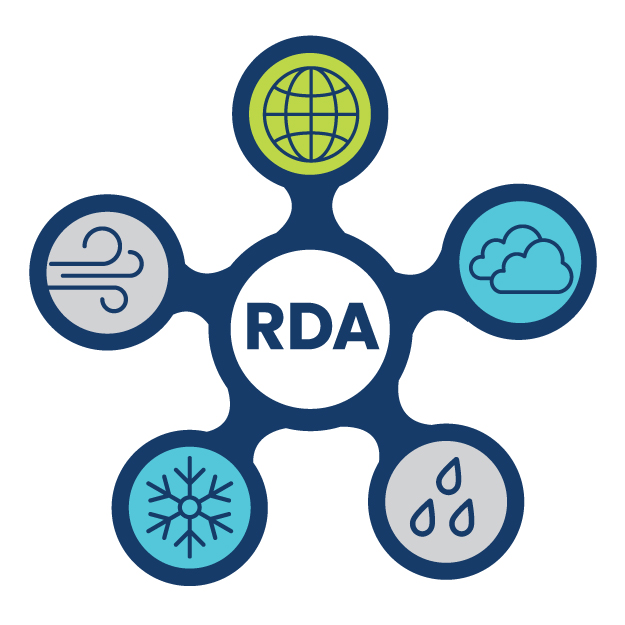
CESM2 Last Interglacial at 127ka control
d651004
| DOI: 10.5065/1K5C-SG05
We examine results from two transient modeling experiments that simulate the Last Interglacial period (LIG) using the state-of-the-art Community Earth System Model (CESM2), with a focus on climate and ocean changes relevant to the possible collapse of the Antarctic ice sheet. The experiments simulate the early millennia of the LIG warm period using orbital forcing, greenhouse gas concentrations and vegetation appropriate for 127ka; in the first case (127ka) no other changes are made; in the second case (127kaFW), we include a 0.2 Sv freshwater forcing in the North Atlantic. Both are compared with a pre-industrial control simulation (piControl). In the 127ka simulation, the global average temperature is only marginally warmer (0.004 degrees C) than in the piControl. When freshwater forcing is added (127kaFW), there is surface cooling in the NH and warming in the SH, consistent with the bipolar seesaw effect. Near the Antarctic ice sheet, the 127ka simulation generates notable ocean warming (up to 0.4 degrees C) at depths below 200 m compared to the piControl. In contrast, the addition of freshwater in the North Atlantic in the 127kaFW run results in a multi-century subsurface ocean cooling that rebounds slowly over multiple millennia near the Antarctic ice sheet. These results have implications for the thermal forcing (and thereby mass balance) of the Antarctic Ice Sheet. We explore the physical processes that lead to this result and discuss implications for climate forcing of Antarctic ice sheet mass loss during the LIG.
| Ground Ice |
 This work is licensed under a Creative Commons Attribution 4.0 International License.
This work is licensed under a Creative Commons Attribution 4.0 International License.